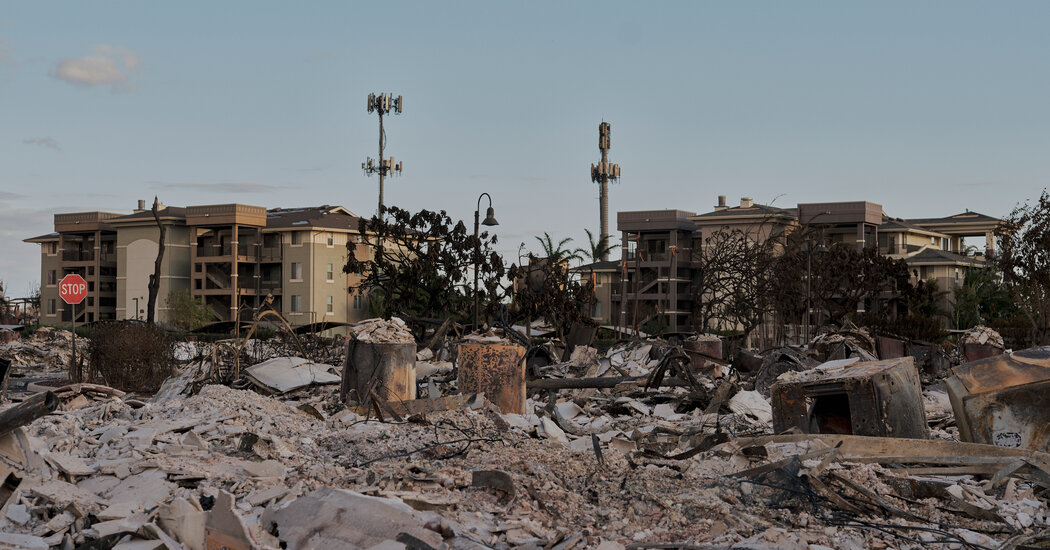Dozens of Amazon River Dolphins Found Dead in Brazil
Their pink bodies began to wash ashore last month, startling locals and scientists in the remote Amazon town of Tefé, Brazil, who had never seen anything like it. A crippling drought had sucked parts of tributaries flowing into the Amazon River nearly dry, causing some water routes to become impassible and turning other shallow areas into a hot bath.
But the Amazon river dolphin — endangered animals known for their unusual color — had always stood out as one of the river’s most resilient species. Now at least 125 were dead.
“You see the water covered with carcasses,” said Miriam Marmontel, a researcher with the Mamirauá Institute for Sustainable Development, which is leading the investigation of the dolphin deaths on Lake Tefé, about 330 miles west of Manaus, the capital of Amazonas State.
On Thursday, the lake’s temperature reached 102 degrees Fahrenheit, or about 39 degrees Celsius — about nine degrees hotter than usual, according to the institute, which said it had recovered the first carcasses on Sept. 23. While scientists are investigating other causes, including possible diseases or polluted water, the only known factor is the exceptionally high water temperature, which Dr. Marmontel described as a “soup.”
By Tuesday, the water had cooled to 36.5 degrees Celsius, but scientists remain concerned for the dolphins, which are disoriented and circling around, unable to dive as they usually do — using their extremely flexible necks to navigate hazy waters and submerged sea branches. Dr. Marmontel said members of her team were closely monitoring the dolphins and moving those in distress into an artificial pool to observe them, adding that they could not relocate the animals to the cooler Amazon River before ruling out infection or disease.
In the meantime, a team of about 20 people is working from morning to dusk, retrieving dolphin carcasses that are floating on the lake or have washed ashore, said Ayan Fleischmann, a hydrologist who also works with the Mamirauá Institute. Because the region is connected largely by waterways, teams must drag the rotting bodies into boats in order to move them to tents staged near the port of Tefé so that scientists can take samples for analysis. This will take time, given the distance from major cities and laboratories, Dr. Fleischmann added. “We are very, very anxious to know what’s going on,” he said.
In recent days, the drought-stricken region has also been plagued by extremely humid weather and poor air quality — which, combined with the stench of the corpses, have made for challenging conditions. “The smell of rot was unbearable,” said Jociney de Souza da Silva, a city hall worker who is helping to locate animals in distress in remote stretches of the lake. The crisis has shaken local communities, some of which earn a living through ecotourism built around dolphins, which are also known as boto or bufeo and hold folkloric significance in the Amazon. According to one legend, the dolphins transform into men after nightfall and seduce young women. Another says the dolphins may carry a lone swimmer in the river to a magical underwater city, known as Encante.
“The boto is part of our cultural identity,” Mr. Souza said. “It’s so sad.”
The creatures, which can grow up to eight feet, are also considered endangered by the International Union for Conservation of Nature because of their vulnerability to pollution, dams and fishermen, who sometimes hunt them for bait.
In the remote region surrounding Lake Tefé — where most communities are accessible only by boat — the drought has also cut off some waterways that serve as transportation routes for supplies including gas, food and drinking water. Last week, Brazilian officials said they were establishing a task force to assist those in the drought-stricken region, and officials in the state of Amazonas declared a state of emergency for 55 of the region’s municipalities, promising to deliver aid to remote communities. The drought has also caused mass fish kills in some parts of the Amazon River, polluting the water.
Meteorologists predict that the dry weather will persist at least through October, which could aggravate the drought in the region. Dr. Marmontel said she worried that river dolphins in other parts of the Amazon could soon suffer a similar fate.
“It’s going to happen again,” she said. “Here or somewhere else.”


